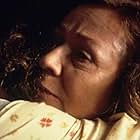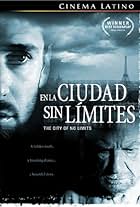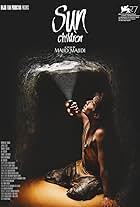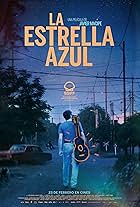Gracia Querejeta, together with her already well-known father who has produced such great little masterpieces like `El Sur' (1982) (qv) and the intimistic portrait `Tasio' (1984) (qv), has ventured her hand at this feminine character-driven piece. I did not say `feminist'. Using numerous flashbacks I counted about a dozen or so between the present day and what would seem to be the early or mid-fifties, the spectator must remain very alert, especially in the first half of the film, if he is to piece together the events with any kind of coherence. Three sisters living cosily in Madrid and who rarely see each other, are forced to make a journey together to their native Galicia in order to carry out their mother's last wish: her ashes are to be scattered around three family homes. Certain characteriological frictions between the three ladies start becoming evident, bursting into outright clashes now and again, as certain deeds of the past come to light. The role-playing is pretty good, and improves when confrontations occur with their mother Adela in the flashbacks, and Tía Rafaela (Marta Belaustegui and Julieta Serrano respectively, the latter undergoing tremendous make-up so as to play in both time slots). The men form a dark background essential to the story, but they are for the most part very much in secondary roles.
Alfredo Mayo's photography is good it could hardly be otherwise in a beautiful Galicia in late summer. Most of the film was shot in all kinds of rural locations scattered around the region. I was able to identify `Las Médulas', which in fact are just outside Galicia (barely 3kms!) which in Roman times was an important gold-mining area. Those strange arenisc rock formations formed by natural wind and water erosion offer a very peculiar spectacle for the visitor; there is a little museum there as the village has been turned into a tourist attraction in recent years. I also recognised the landing ferry at Douade on the River Sil. Affording beautiful scenery, the gorge runs through abrupt chasms with vineyards growing up those steep slopes, some of which date back to Roman times or even earlier. There is a twice-daily boat-trip down the canyon which is well worth the time. In both cases, in the summer visits should be made in the morning: it gets very hot in both places in the afternoon! An ivy and moss-covered bridge I think is the one over the River Miño near Portomarín. Certain coastal shots were made up in the Rías Altas, in one case I think it was near Camariñas, but in another case possibly near the famous beach known as `As Catedrais' in the province of Lugo. Wherever, wherever, write down Galicia for your next holidays! You will not be disappointed.
My one complaint about this film is that I did not hear even one genuine Galician accent from anybody! Which, frankly, left me feeling rather flat. I mean, the Querejetas could have shot it in Aragón or Asturias or Murcia or anywhere else, and it would not have made any difference to the film apart from the scenery, which, anyway, is just as good in these places. For this failure I must take off a whole point from my vote, which is slightly on the high side of six out of ten.
The Spanish spoken is mostly fairly easy to follow with only a few brief exceptions.






























